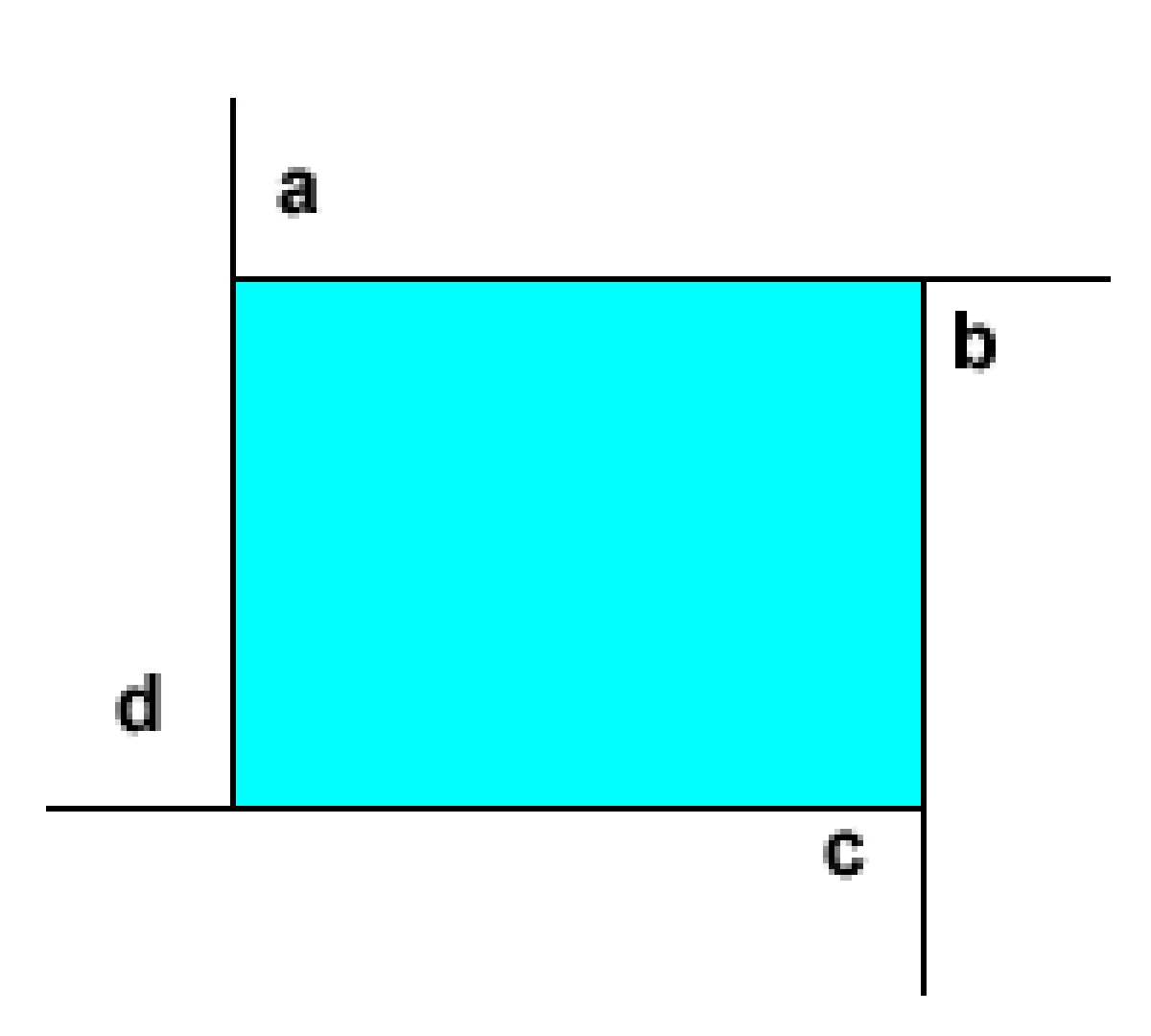Have you ever wondered about the secrets hidden within the angles of a polygon? Well, get ready to unlock the mysteries as we explore the fascinating world of interior angles. In this article, we will delve into the sum of interior angles, the concept of diagonals, and even take a peek at regular polygons. So, let's dive in and discover the wonders that polygons have to offer!
Understanding the Basics
Before we embark on our polygon adventure, let's quickly define a few key terms. A polygon is a two-dimensional shape formed by straight lines that come together to create a closed area. Each point where two sides meet is called a vertex, and at each vertex, an interior angle is formed. Imagine a square representing your classroom - the interior angles would be the four corners of the room, each measuring 90 degrees.
Unveiling the Sum of Interior Angles
To further our exploration, let's consider the sum of interior angles in a polygon. If a polygon has x sides, the sum, let's call it S, of the degree measures of these x interior angles can be calculated using the formula S = (x - 2)(180). For instance, a triangle has 3 angles that add up to 180 degrees, while a square has 4 angles that add up to 360 degrees. With each additional side, another 180 degrees gets added to the total sum.
 Image: Exterior Angles of a Polygon
Image: Exterior Angles of a Polygon
The Intriguing World of Diagonals
Now, let's take a moment to understand what a diagonal is. A diagonal is a line segment connecting two nonconsecutive vertices of a polygon. It includes all the lines between points in the polygon, excluding those that are also sides of the polygon. In the image above, BD is a diagonal, dividing quadrilateral ABCD into two triangles. The sum of the angles in those triangles is equal to the sum of all the angle measures of the rectangle. Fascinating, isn't it?
A Peek at Regular Polygons
Regular polygons are captivating creatures. They are both equiangular and equilateral, meaning all their angles have the same measure, and all their sides have the same length. While a square is a regular polygon, not all rectangles can claim that title.
Let's Explore Some Examples
Example 1: Let's start with a quadrilateral ABCD, where the angles are in the ratio 2:3:3:4. Our goal is to find the degree measure of the largest angle. By using the sum of interior angles formula, we can set up an equation and solve for the unknown angles. Eventually, we find that the largest angle measures 120 degrees, while the other angles are 90, 90, and 60 degrees, respectively.
Example 2: Here, we have a hexagon, and our task is to find the sum of the degree measures of its angles and the measure of each interior angle. Utilizing the sum formula, we determine that the sum of the angles in a hexagon is 720 degrees. Since it is a regular hexagon, we divide this sum equally among the six angles, resulting in each interior angle measuring 120 degrees.
Example 3: Imagine a polygon with a sum of angles equal to 3600 degrees. We're on a quest to discover the number of sides this polygon possesses. By reversing the sum formula, we can find our answer. Substituting the given sum value, we determine that a polygon with 22 sides will have a sum of angles totaling 3600 degrees.
Exterior Angles - A Tempting Twist
Apart from interior angles, polygons also possess exterior angles. An exterior angle is formed by extending one side of the polygon. At each vertex, the interior and exterior angles are supplementary (add up to 180 degrees). The sum of the exterior angles in a polygon is always 360 degrees. Exciting stuff, isn't it?
Example 4: Let's find the degree measure of each interior and exterior angle of a regular hexagon. By applying the sum formula, we calculate that each interior angle measures 120 degrees. Knowing that interior and exterior angles are supplementary, we subtract 120 from 180 to find that each exterior angle measures 60 degrees.
Example 5: Now, suppose we know the measure of each interior angle in a regular polygon is 150 degrees. Our mission is to determine the number of sides this polygon possesses. By recognizing that the exterior angle is 180 - 150 = 30 degrees, we can use another formula, where the measure of an exterior angle in a regular polygon is 360 divided by the number of sides. We solve the equation and find that our polygon has 12 sides, also known as a dodecagon.
Now that we've unraveled the secrets of interior angles in polygons, you're well-equipped to tackle any polygon-related challenge that comes your way. So go forth and explore the captivating world of shapes and angles. Happy exploring!
A lesson provided by Mr. Feliz












